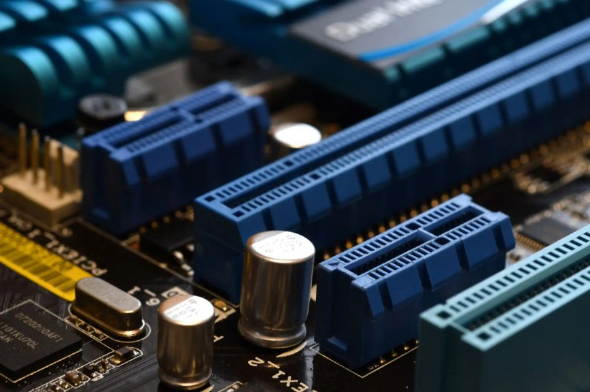Connection to DriversCloud Create a DriversCloud.com account Reset your DriversCloud.com password Account migration
The PCI Express 7.0 standard is nearing validation: we'll see you next year!
Over the past year, PCI Express 5.0 has finally begun to make inroads into the small world of PCs, but manufacturers are already looking much further ahead.
In the middle of last year, the PCI-SIG - which stands for Peripheral Component Interconnect Special Interest Group - announced the first stage in the validation of the future PCI Express 7.0 standard. At the time, this was only version 0.3 of its specifications, but it was already a step in the right direction. For the record, the PCI-SIG consortium was founded in 1992, and today includes some of the most important companies in the electronics industry: AMD, ARM, Dell EMC, IBM, Intel, Synopsys, Keysight, NVIDIA and Qualcomm, to name but a few.
This version 0.3 was the first step towards the new standard, but a few days ago it took an even bigger step. PCI Express 7.0 has been upgraded to version 0.5, with a reminder of the PCI-SIG's objective: validation of all the standard's specifications within the next year. 2025 should therefore be the year of PCI Express 7.0, even if this doesn't mean you'll find it in your PCs. Indeed, there are always several years between the validation of specifications by industry players and the actual release of products based on the aforementioned standard. Take PCI Express 5.0, for example, which was validated in 2019, but is still struggling to be deployed. Many motherboards now feature PCI Express 5.0 ports for the graphics card or an M.2 slot, but no PCI Express 5.0 graphics card is currently available.
You may have noticed that we're talking about PCI Express 5.0 on the one hand, and PCI Express 7.0 on the other... in between, PCI Express 6.0 is still waiting to be deployed, even though the standard was validated in 2022. It promised a maximum bandwidth of 256 GB/s, which PCI Express 7.0 is set to double to an impressive 512 GB/s on a x16 port. Other features of the 7.0 standard include the use of PAM4 modulation, improved energy efficiency, backward compatibility and increased signal reliability.






